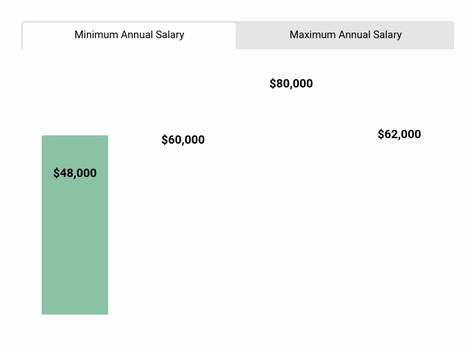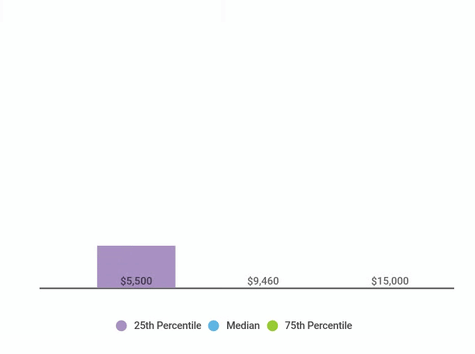
It’s been almost a month since we celebrated “Pay Equity Day” and shared 5 key data points organizations should be collecting. March 12th marked a day to review how your association is taking action to assist members with the data they need to ensure they have equitable pay practices in place and data to back it up in the event of a claim or complaint. Compensation and benefits data is at the forefront of pay transparency. At Dynamic Benchmarking, we focus on providing a web based platform to easily collect and report on these statistics. Pay transparency can be clearly identified and visible in benchmarking studies.
Legislation and worker expectations has forced organizations to understand pay equity. Many states have already committed to equity by enacting bills into law related to pay transparency. Openly sharing compensation data is the key to reducing pay inequity and wage discrimination. Today, organizations are investing in resources to better explain pay decisions to employees, which helps improve employee satisfaction and culture. So, let’s get to the data you should be collecting.
So, What Are the 5 Data Points Associations Should Be Collecting?
1. Uncontrolled Industry Gender Pay Gap:
According to Built In, the uncontrolled (or unadjusted) gender pay gap is calculated by taking the ratio of median earnings of all women to all men, regardless of industry, skill level, education or any other type of diverse demographic that can affect an individual's income.
2. Controlled Industry Gender Pay Gap:
According to Forbes, the controlled gap measures the difference in pay between men and women performing the same job, with the same experience and qualifications.
*For data points 1 +2, when examining gender and racial pay, it is imperative to capture the uncontrolled and controlled industry gender pay gap.
GENDER PAY GAP EXAMPLE: MALE versus FEMALE PAY

3. Minimum & Maximum Pay Ranges Per Position:
Minimum and maximum pay range data points display the minimum amount paid for a specific position and the maximum amount paid for that same position resulting in a range that can be displayed on job position descriptions. These metrics are required in most states that have pay equity laws in place.
*For data point 3, including bonuses is fundamental to ensure accuracy.
EXECUTIVE ASSISTANT PAY SCALE

4. Equity Compensation:
Equity compensation is non-cash pay that is offered to employees and includes options, restricted stock, and performance shares; or anything that represents ownership in the firm for a company's employees.
5. Other Benefits:
Other benefits include items like health insurance, retirement plans, family leave, phone allowance and any form of compensation or benefit that is provided to employees in addition to their base salaries and wages.
*Data points 4 + 5 include tracking equity benefits awarded by gender and position, and all other benefits offered to employees based on gender and tenure.
BENEFITS EXPENSE per FTE

Compensation benchmarking studies facilitated by associations play a crucial role in understanding and shaping the landscape of employee compensation. Gathering this data must be done safely and securely. This is where the Dynamic Benchmarking platform and team can help you. We ensure that you collect and report the data your members must have and we do so with our controlled, secure and compliant web based platform. Associations should be committed to providing their members with pay equity guidance through a compensation benchmarking study and we are here to help you do that. To learn more click here to schedule a meeting with our team.
VIEW OUR ONLINE DISCUSSION ABOUT PAY EQUITY BY CLICKING BELOW

